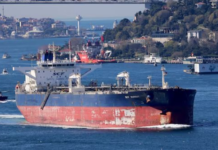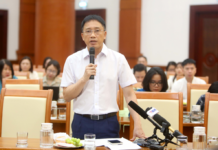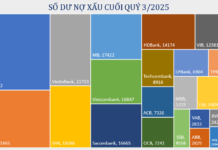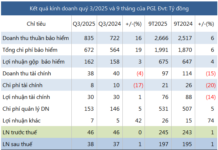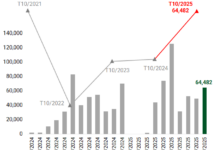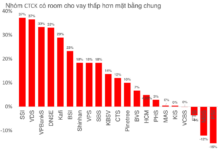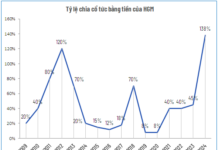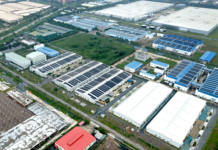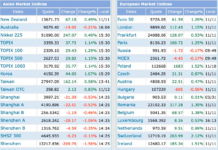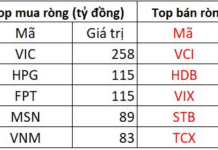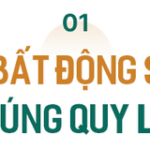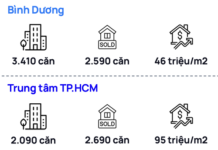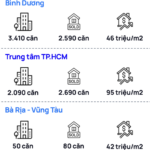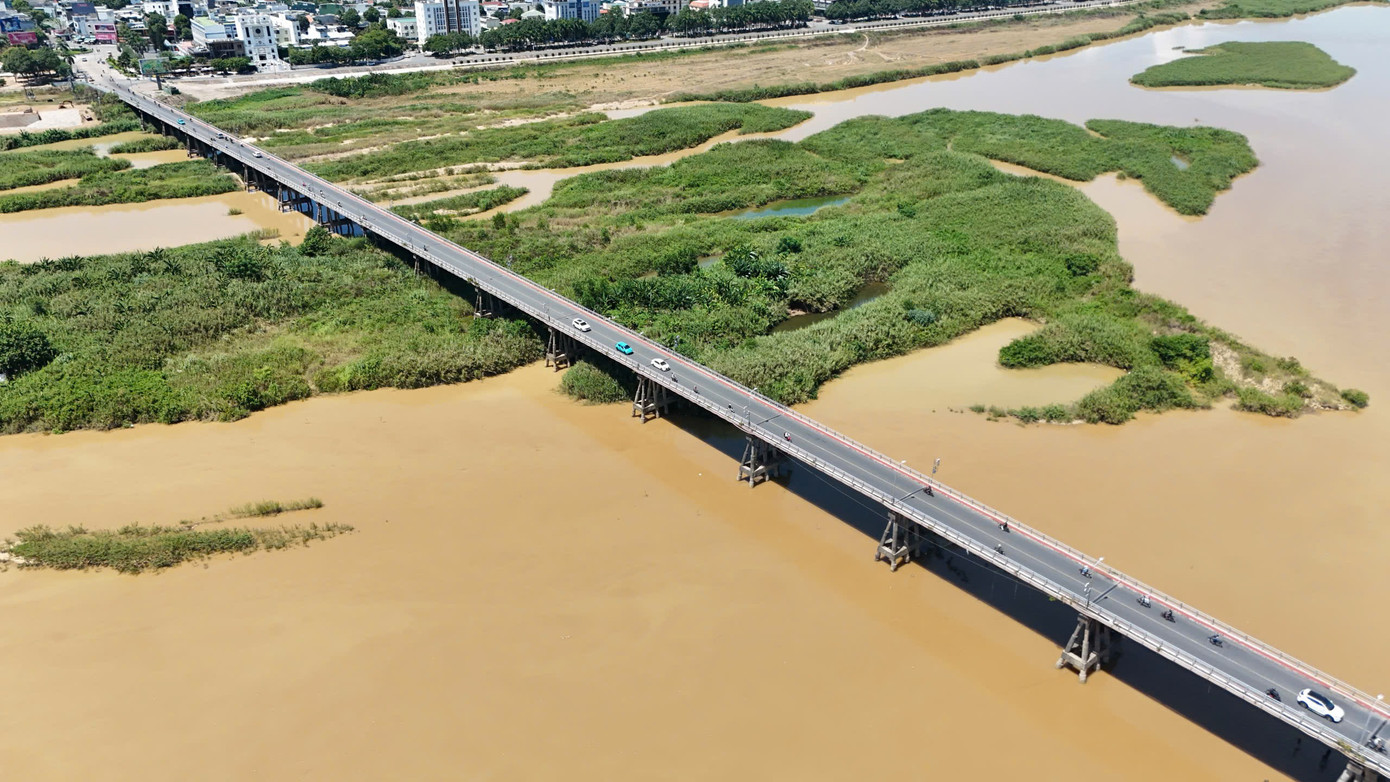
A picturesque view of the Tra Khuc River, with the Tra Khuc 1 Bridge in the background.
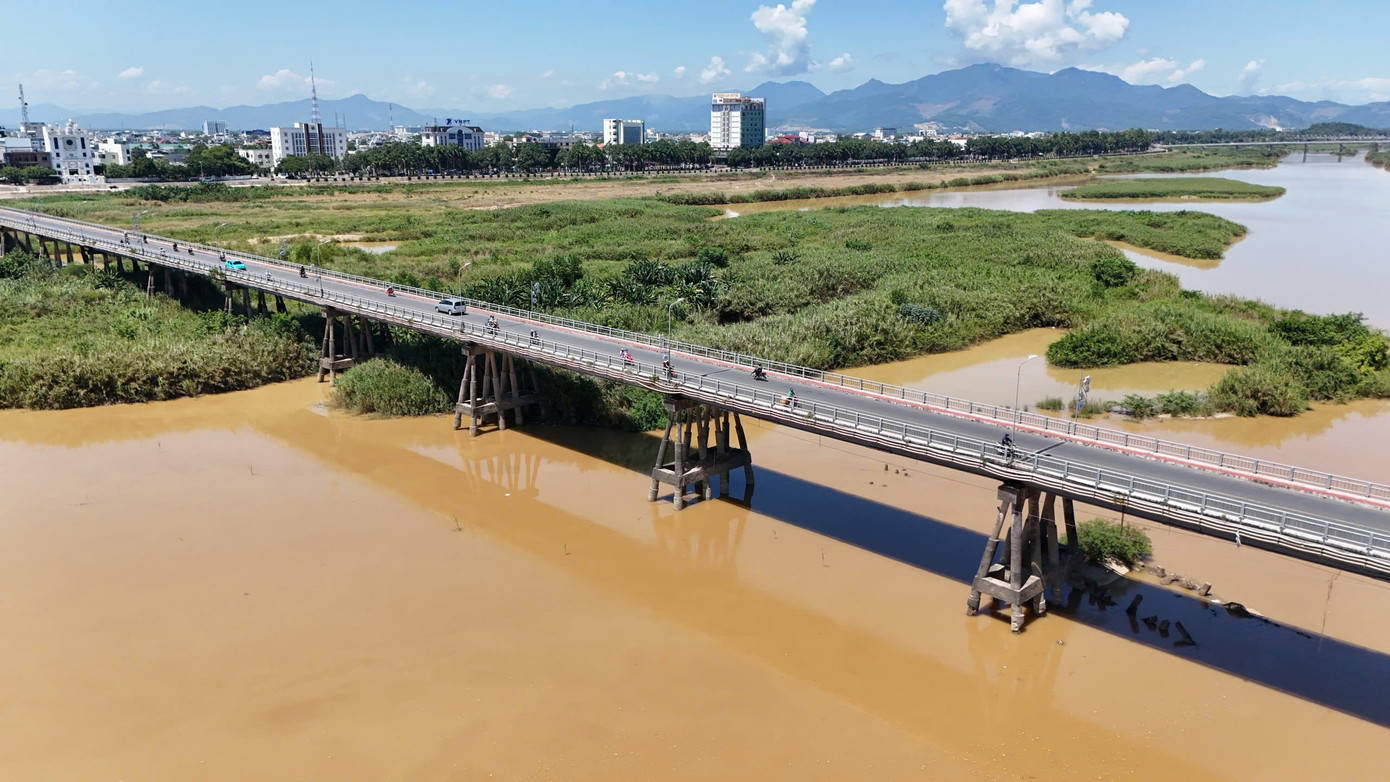
Tra Khuc 1 Bridge, formerly known as Tra Khuc Bridge, is the first road bridge over the Tra Khuc River in Quang Ngai Province, and it used to be the main route on National Highway 1A.
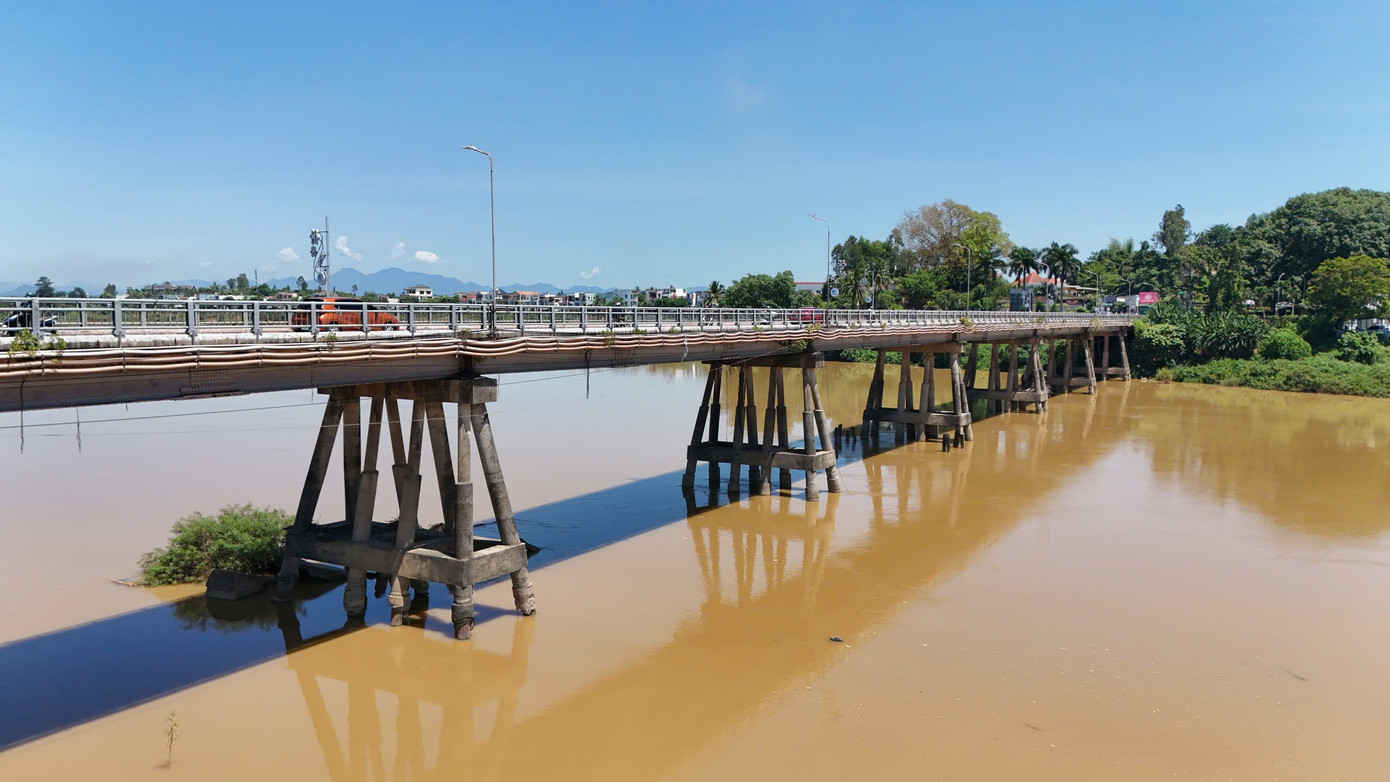
Constructed in 1964, the bridge has a steel composite structure, measuring 643 meters in length, with 19 spans, each 24 meters long, and a deck width of 7.5 meters, along with 0.5-meter-wide sidewalks.
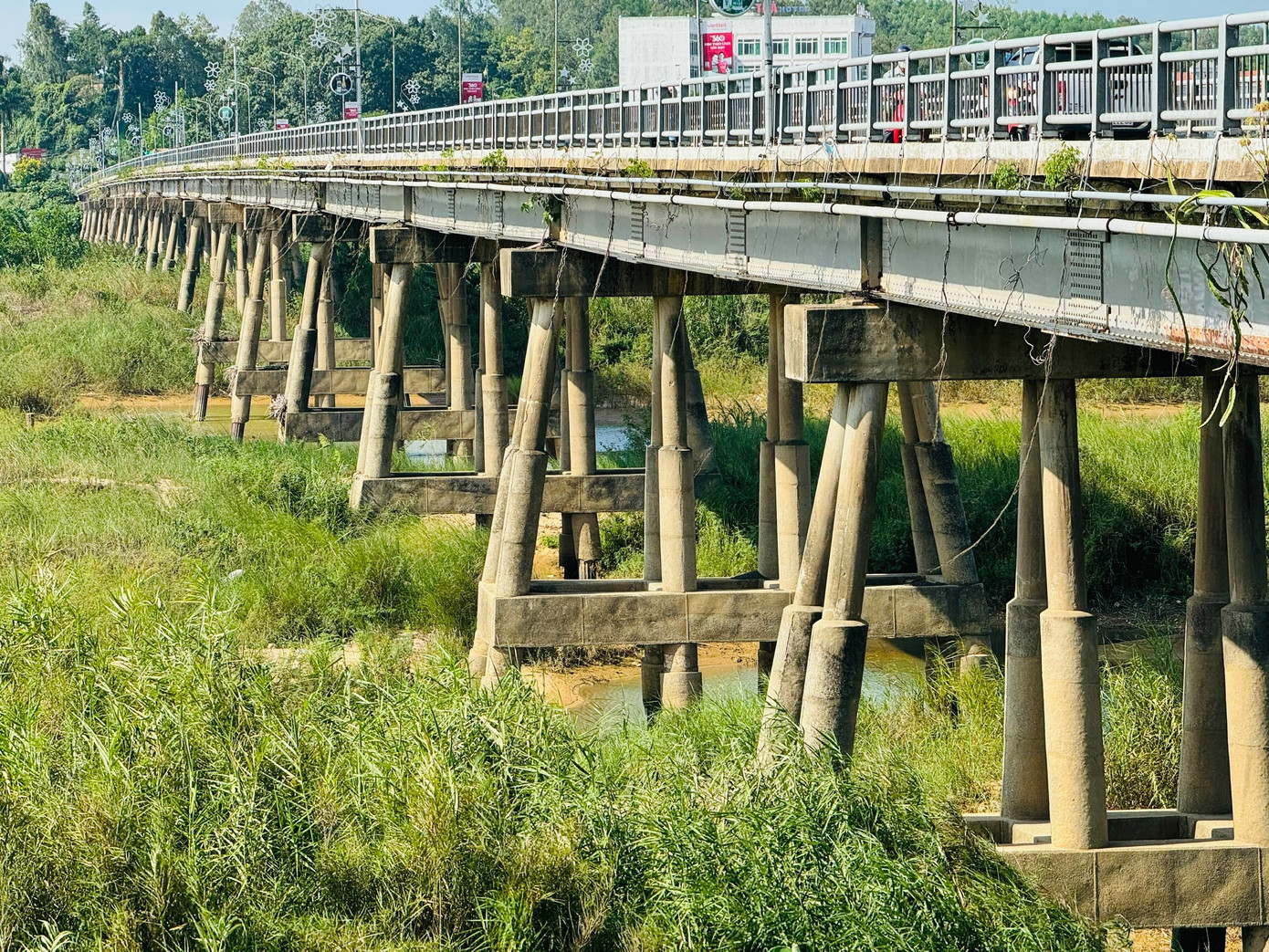
The structure is supported by rust-resistant steel piles, each with a diameter of 70 centimeters. These piles have a multi-layered construction: steel encased in concrete on the outside, filled with high-grade concrete and a steel core on the inside.
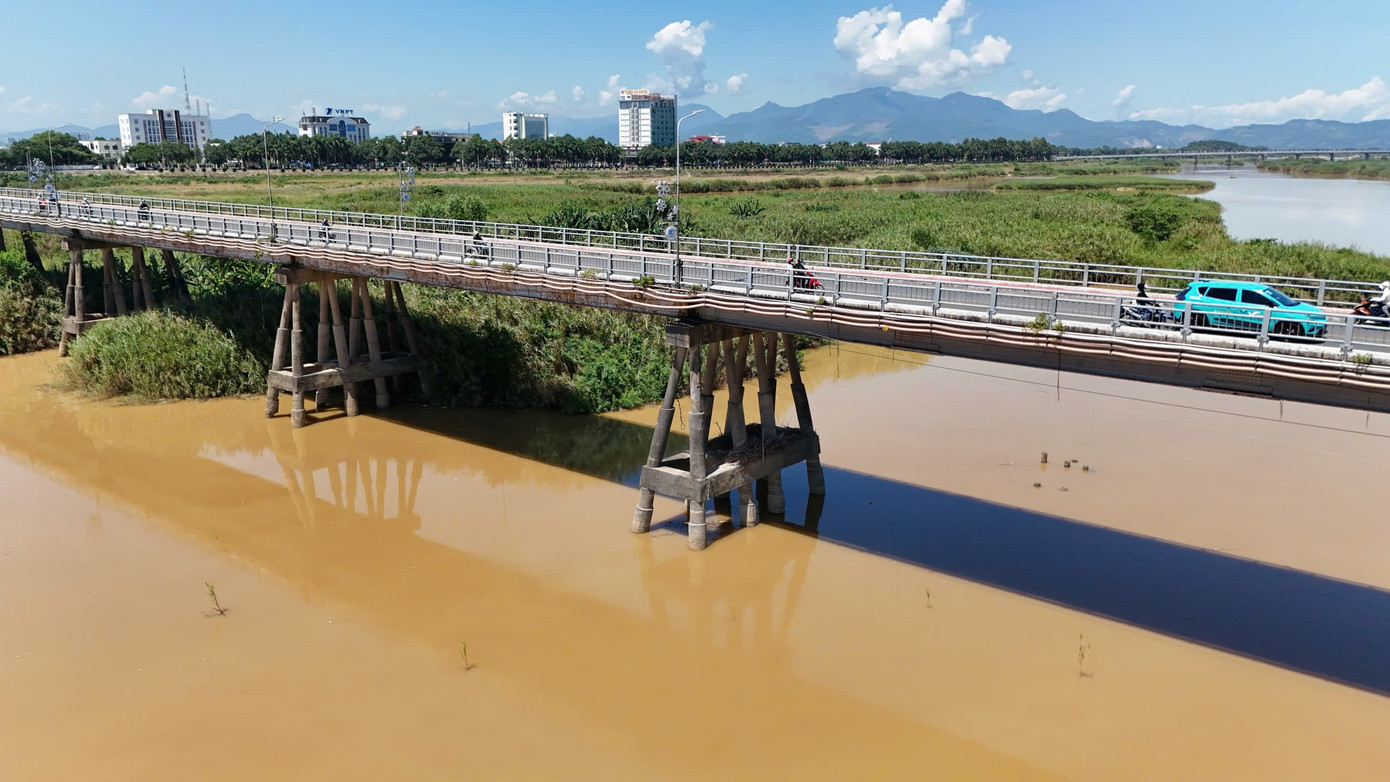
A closer look at the steel composite beams used in the construction of the Tra Khuc 1 Bridge.
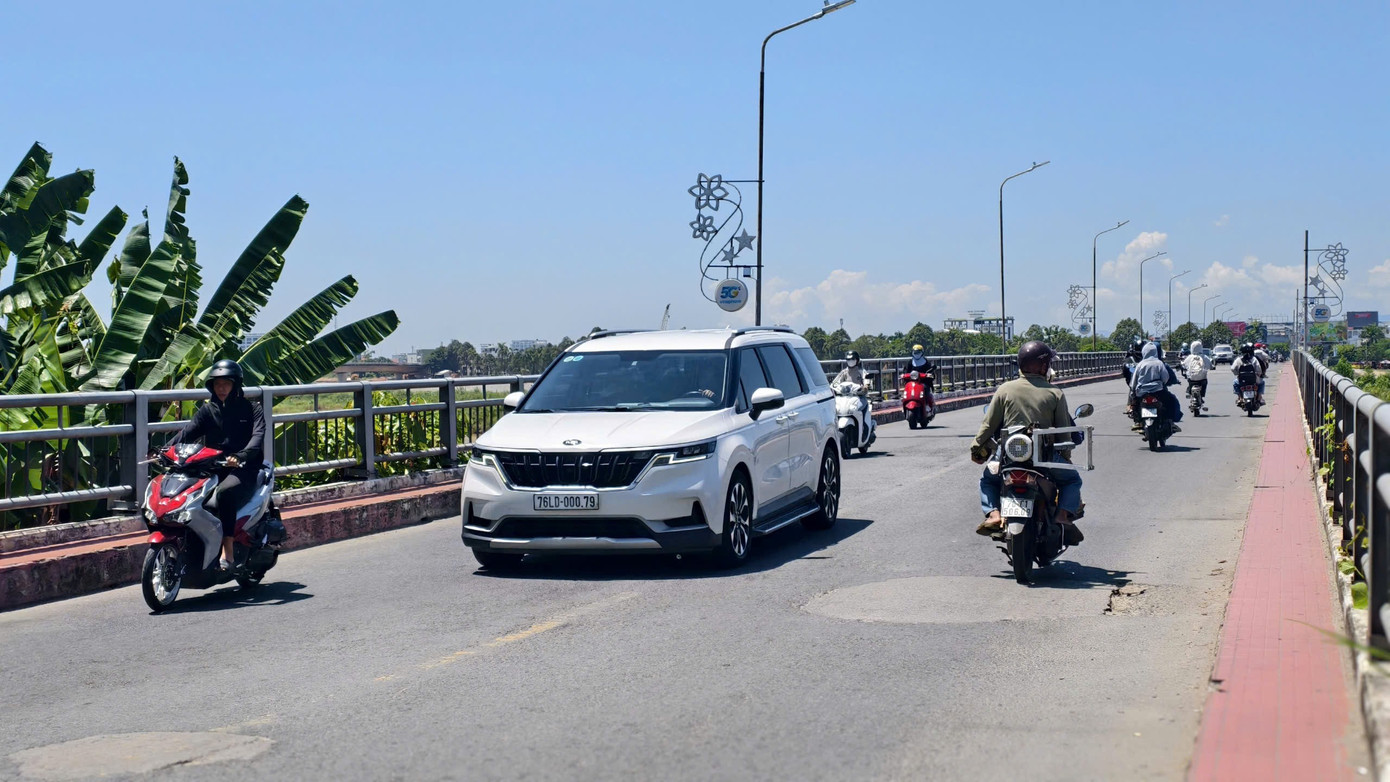
A stunning sunset view of the Tra Khuc 1 Bridge, showcasing its elegant design.
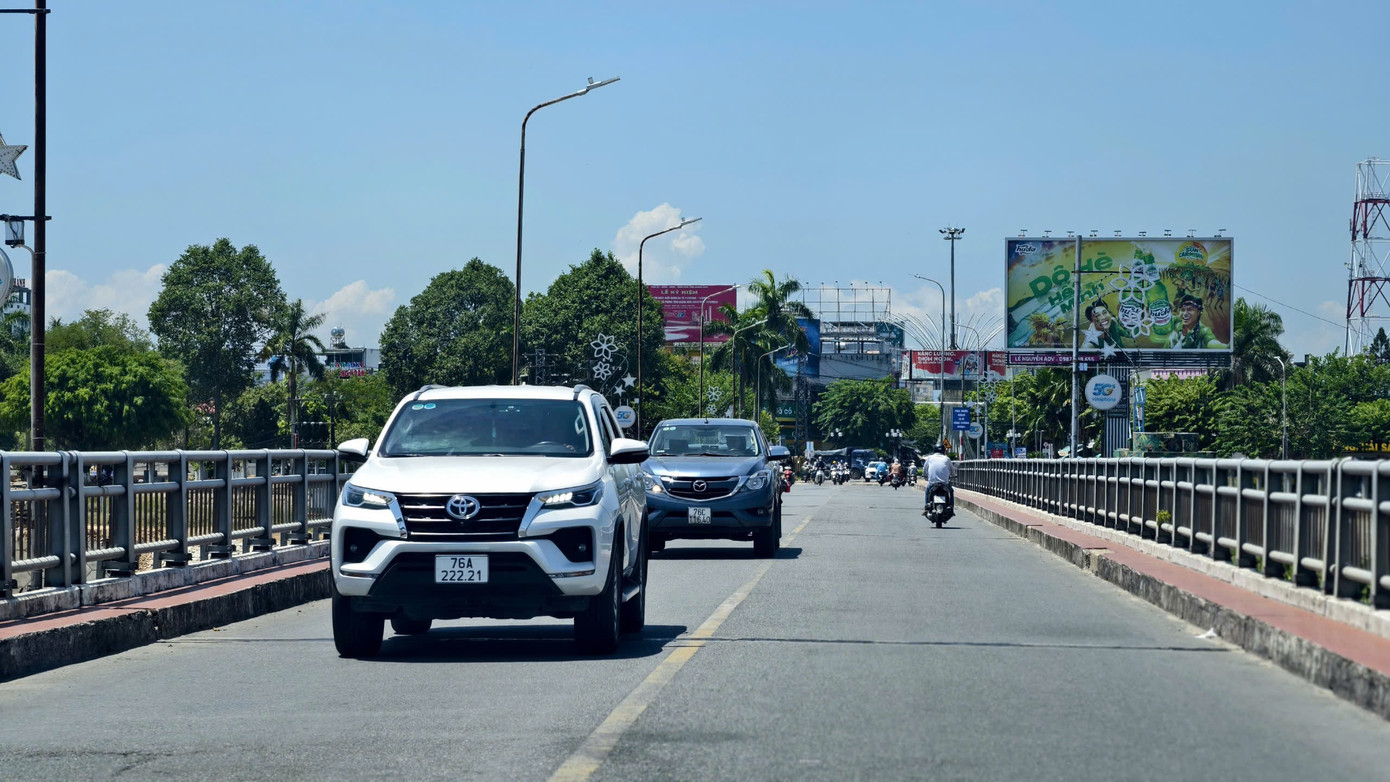
Despite the construction of newer bridges, the Tra Khuc 1 Bridge remains a vital transportation artery, connecting the northern part of the province to the central area of Quang Ngai. It accommodates tens of thousands of vehicles daily.
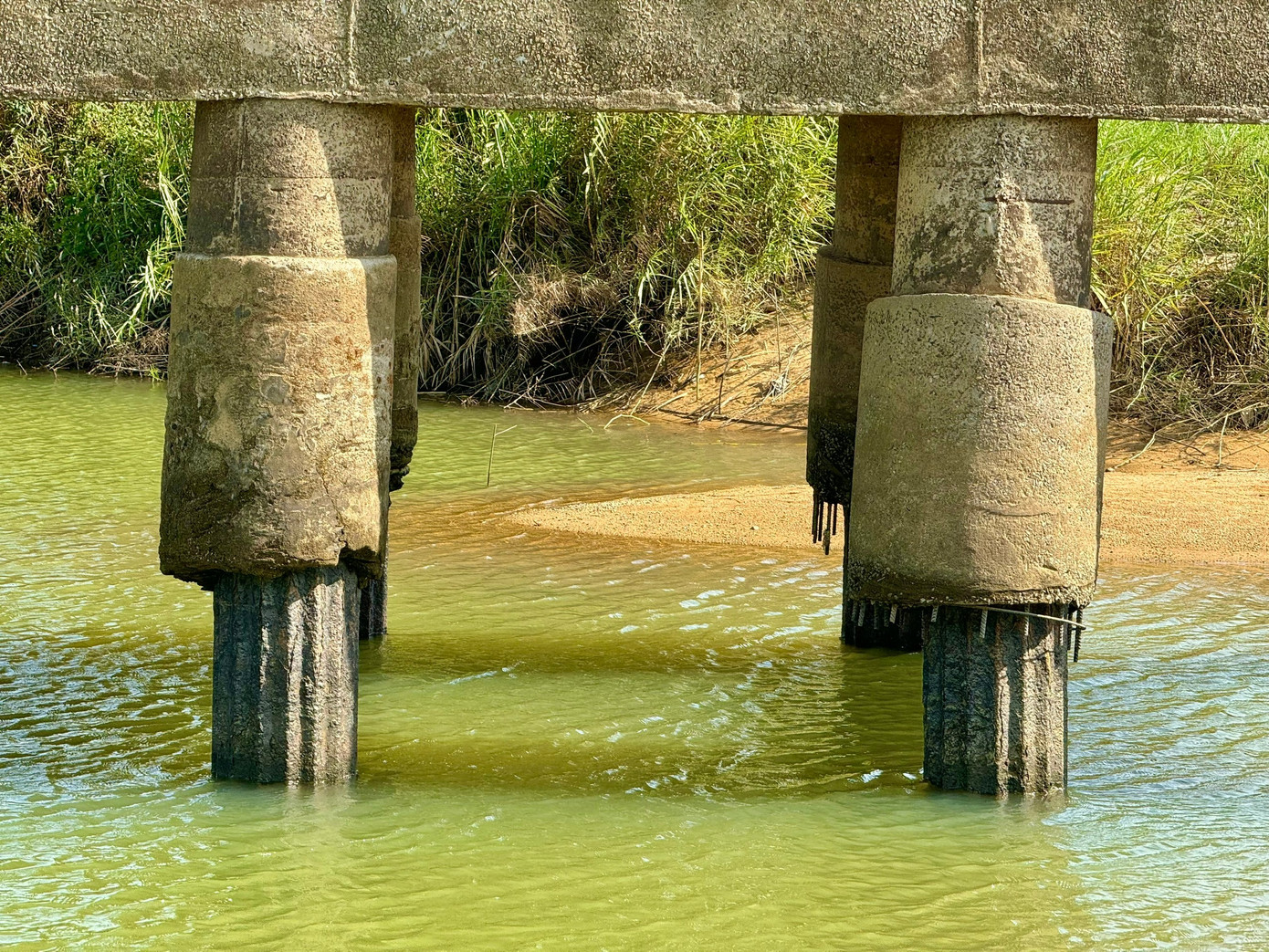
A breathtaking aerial view of the Tra Khuc 1 Bridge, showcasing its strategic location.
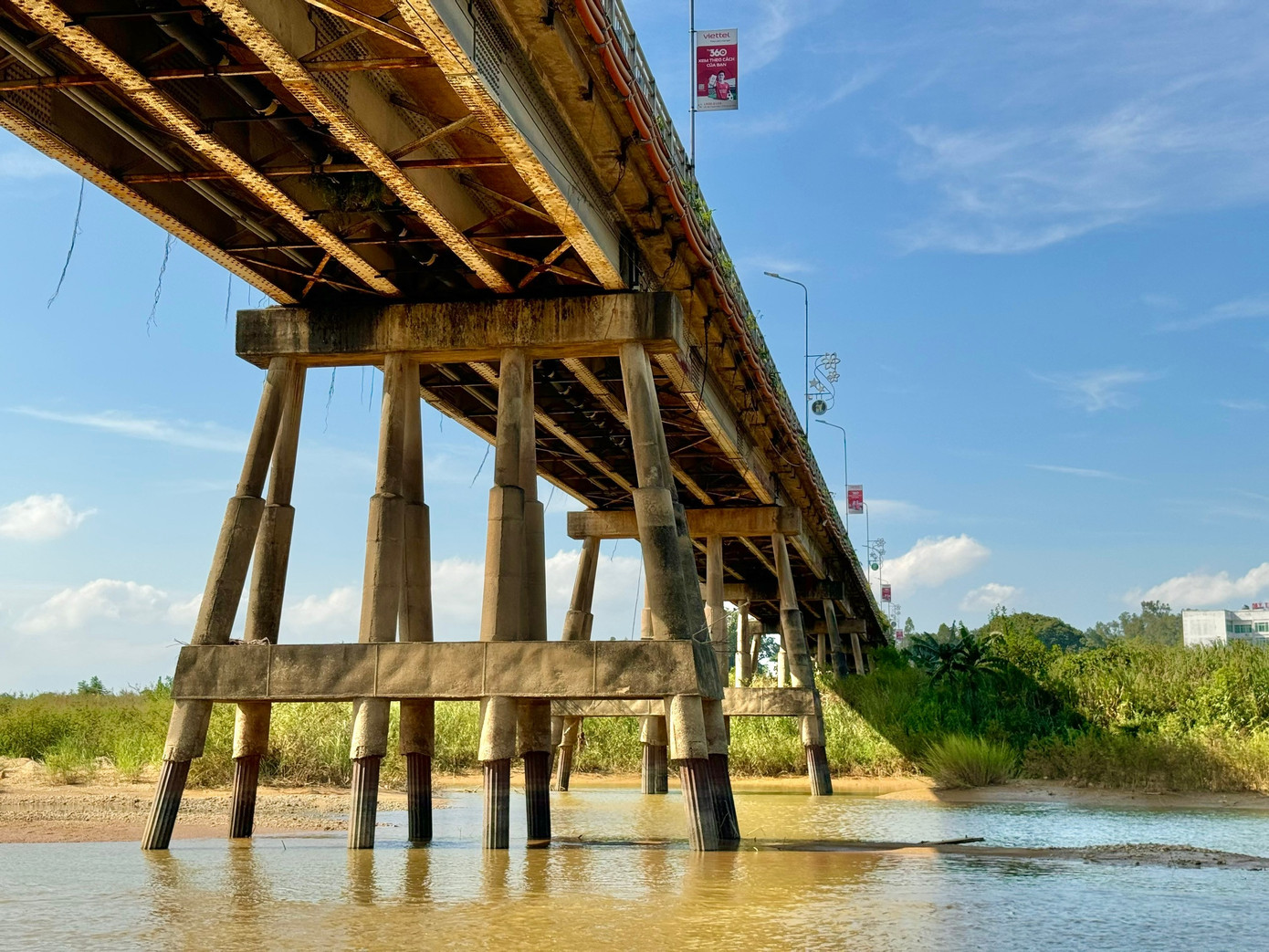
The Tra Khuc 1 Bridge at night, illuminated by the lights of passing vehicles, creating a captivating scene.
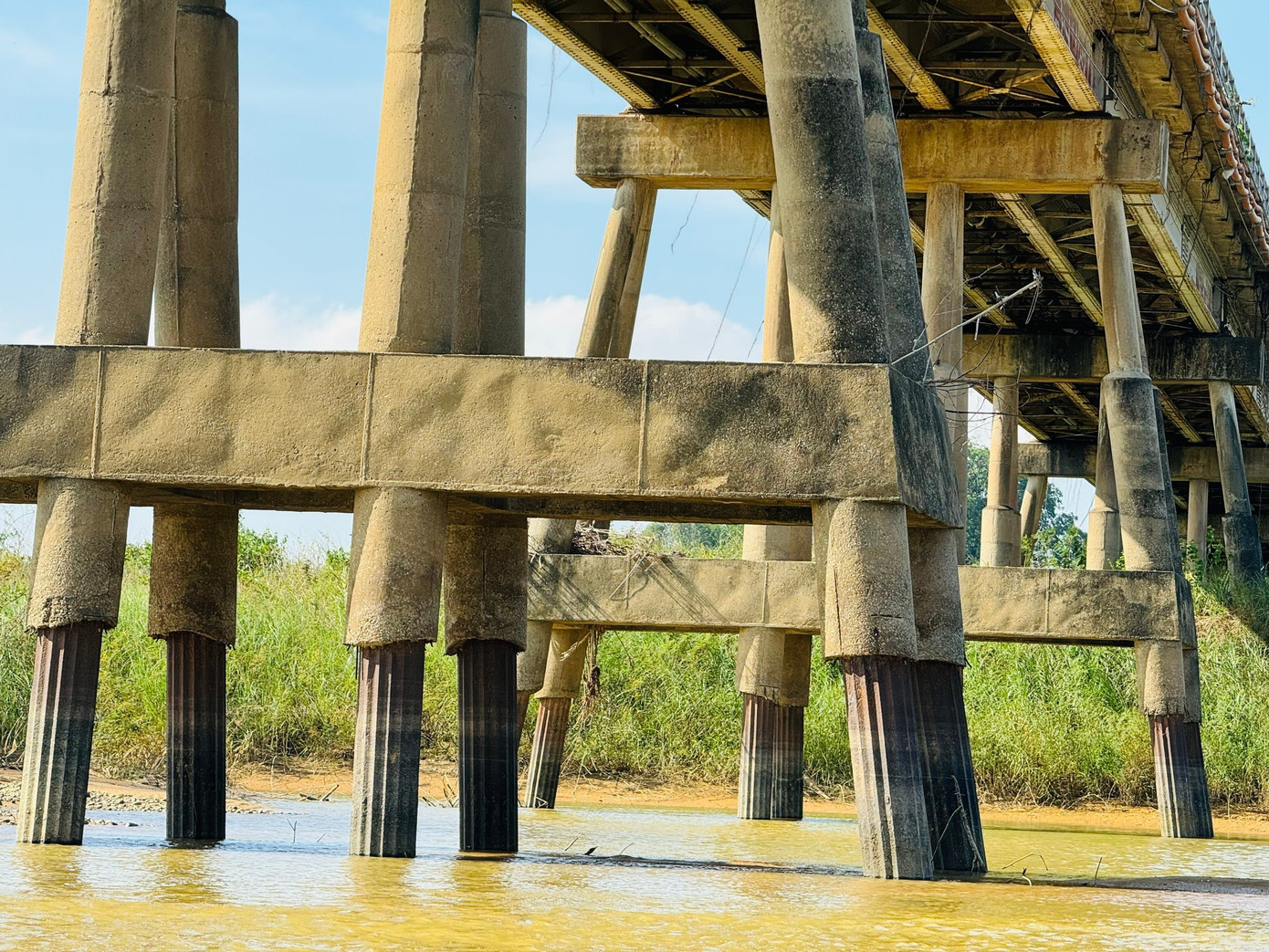
After 60 years of service, the bridge is in a severe state of disrepair, with many of its pillars suffering from concrete spalling, exposing the steel reinforcement bars, which have rusted.

A closer look at the damaged concrete and exposed steel reinforcement bars on one of the pillars of the Tra Khuc 1 Bridge.

The deck of the Tra Khuc 1 Bridge, showing signs of wear and tear, with patches of repairs visible.
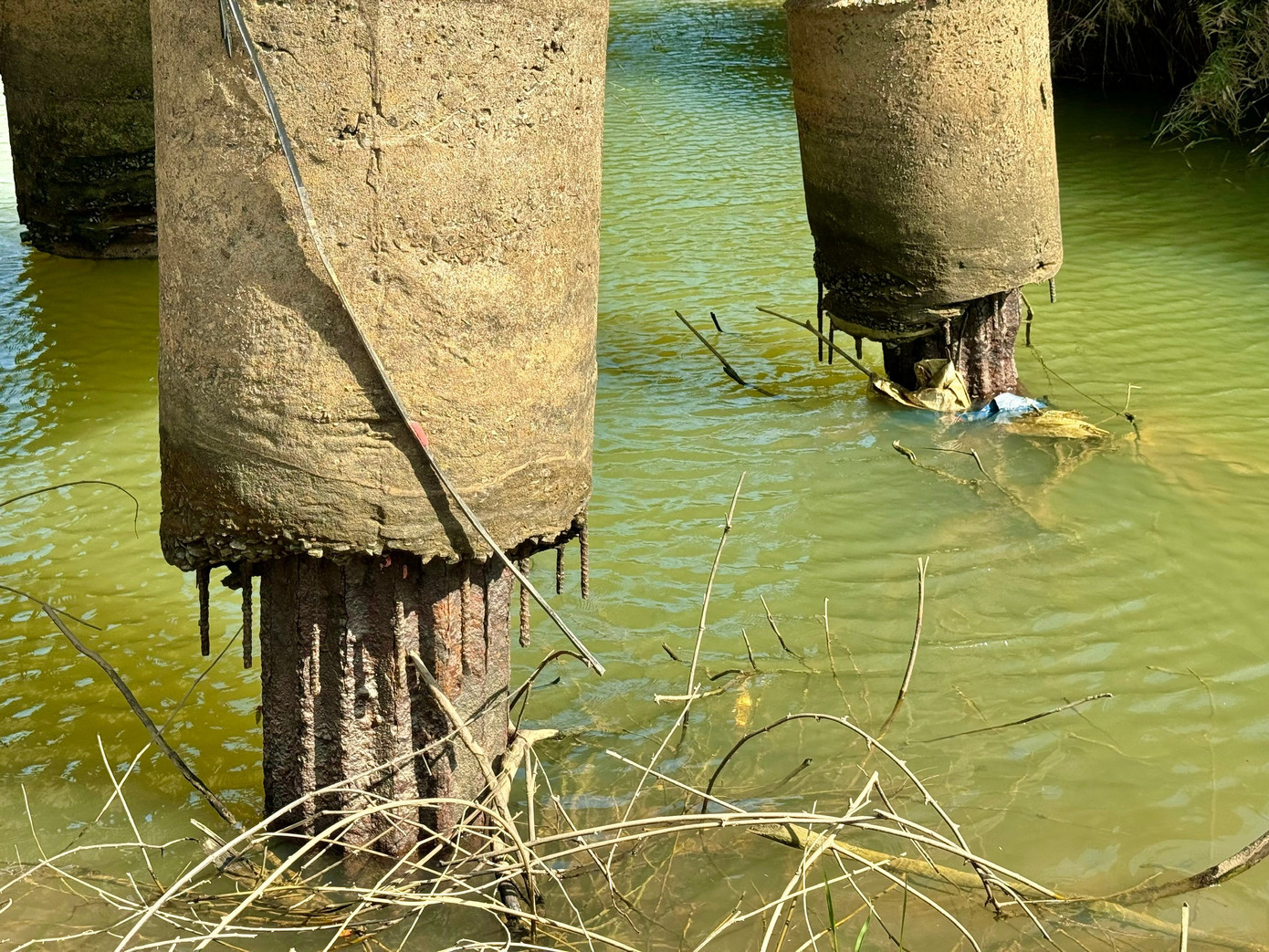
The bridge has undergone multiple repairs and reinforcements over the years, mainly focusing on the deck and expansion joints. In 2015, following an inspection that deemed the bridge weak, Quang Ngai Province banned buses and trucks from using it.
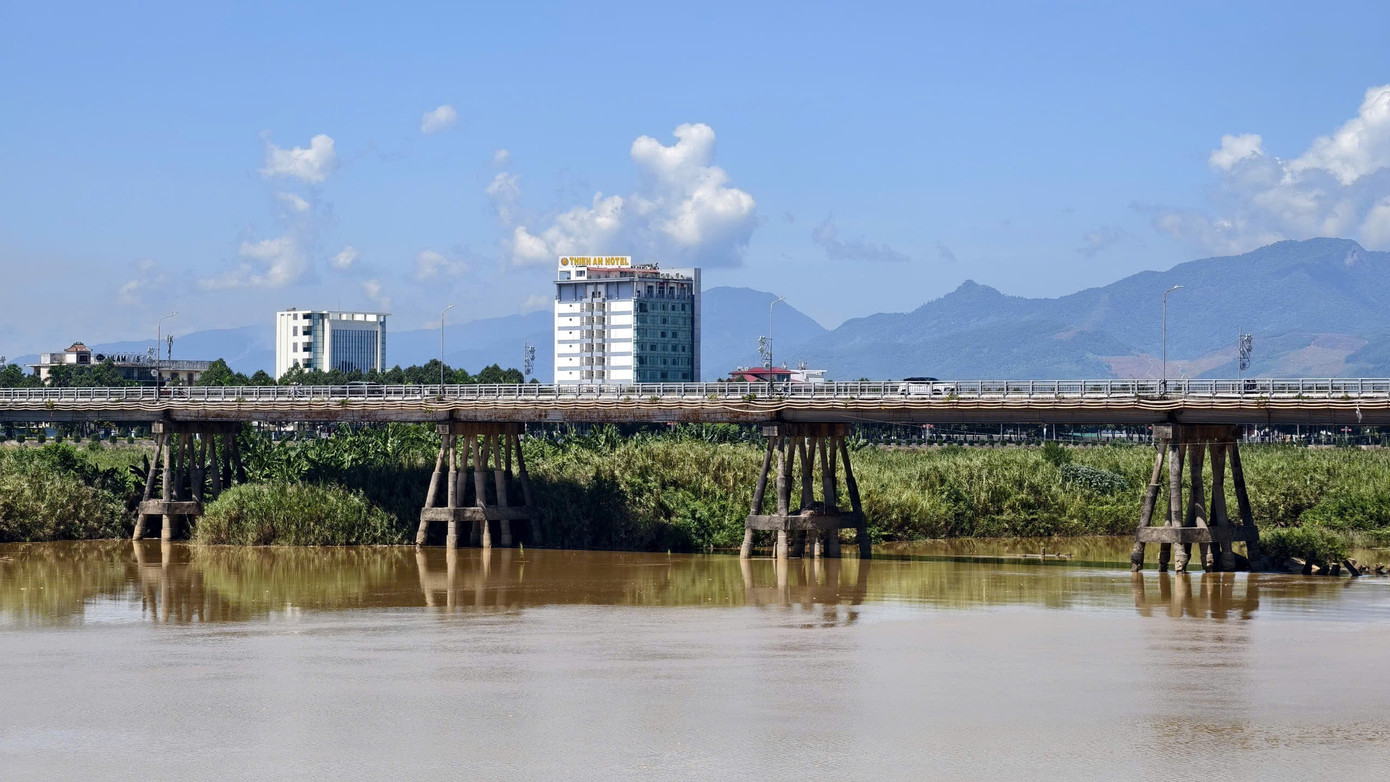
Currently, only cars, motorcycles, and pedestrians are allowed to use the bridge. During flood season, when the water level reaches the third alert level, the bridge must be closed to all traffic.
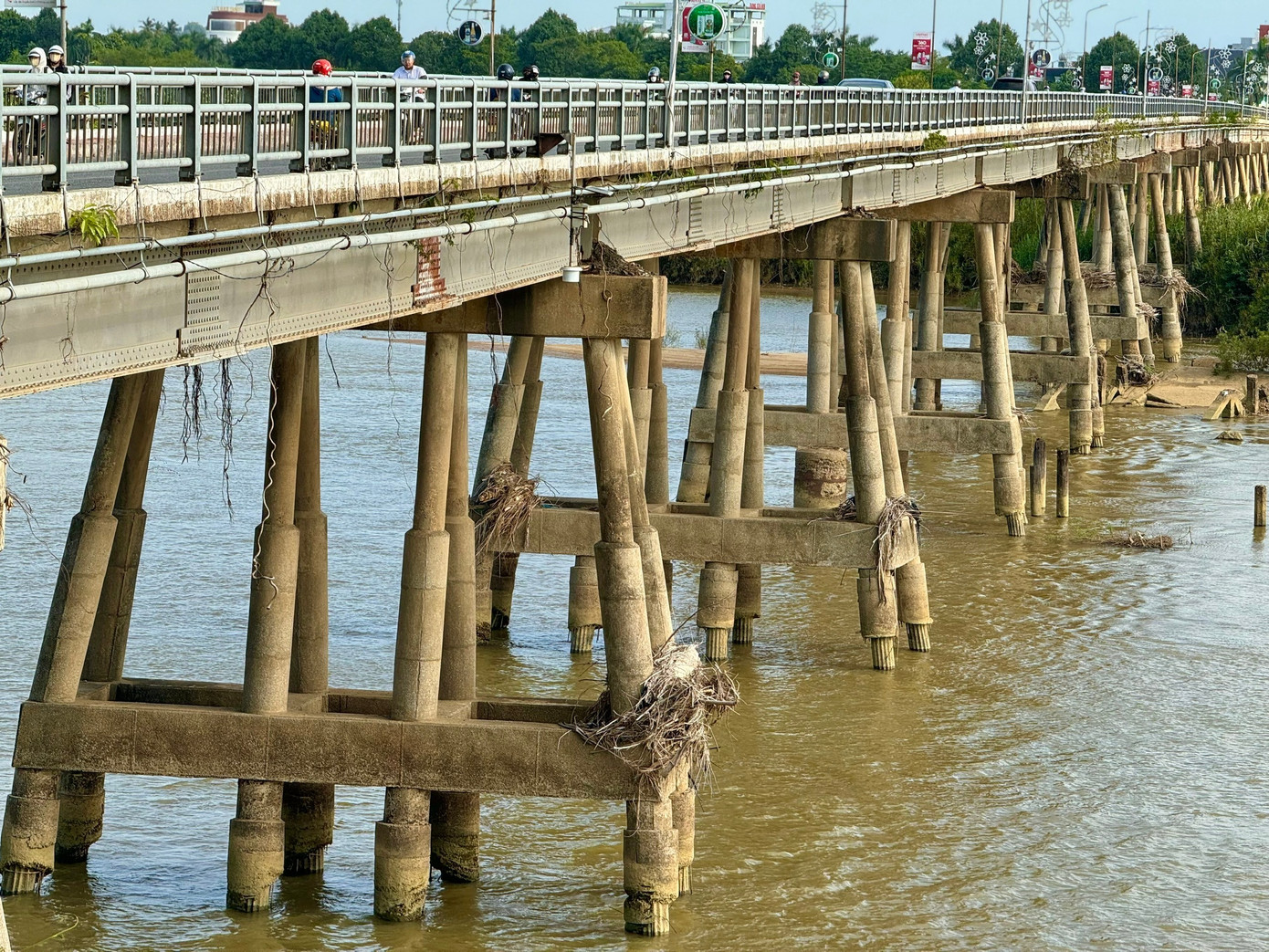
A captivating view of the Tra Khuc 1 Bridge at sunset, with the warm glow of the setting sun reflecting on the water.
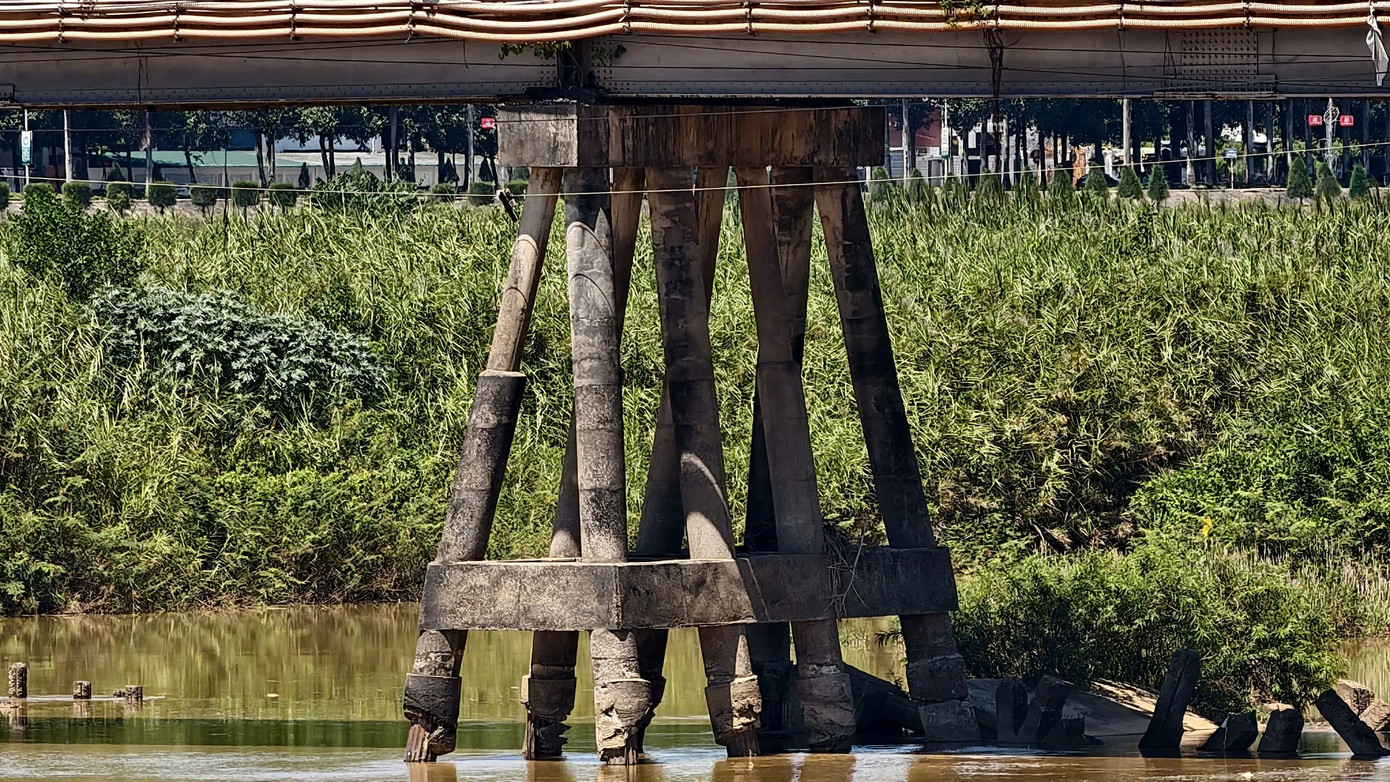
As observed by our reporters, many of the bridge’s pillars have exposed steel reinforcement bars, with concrete spalling, a patched-up deck, and rusted railings. The structure is overwhelmed by the rapidly increasing transportation demands and the ongoing urbanization process.
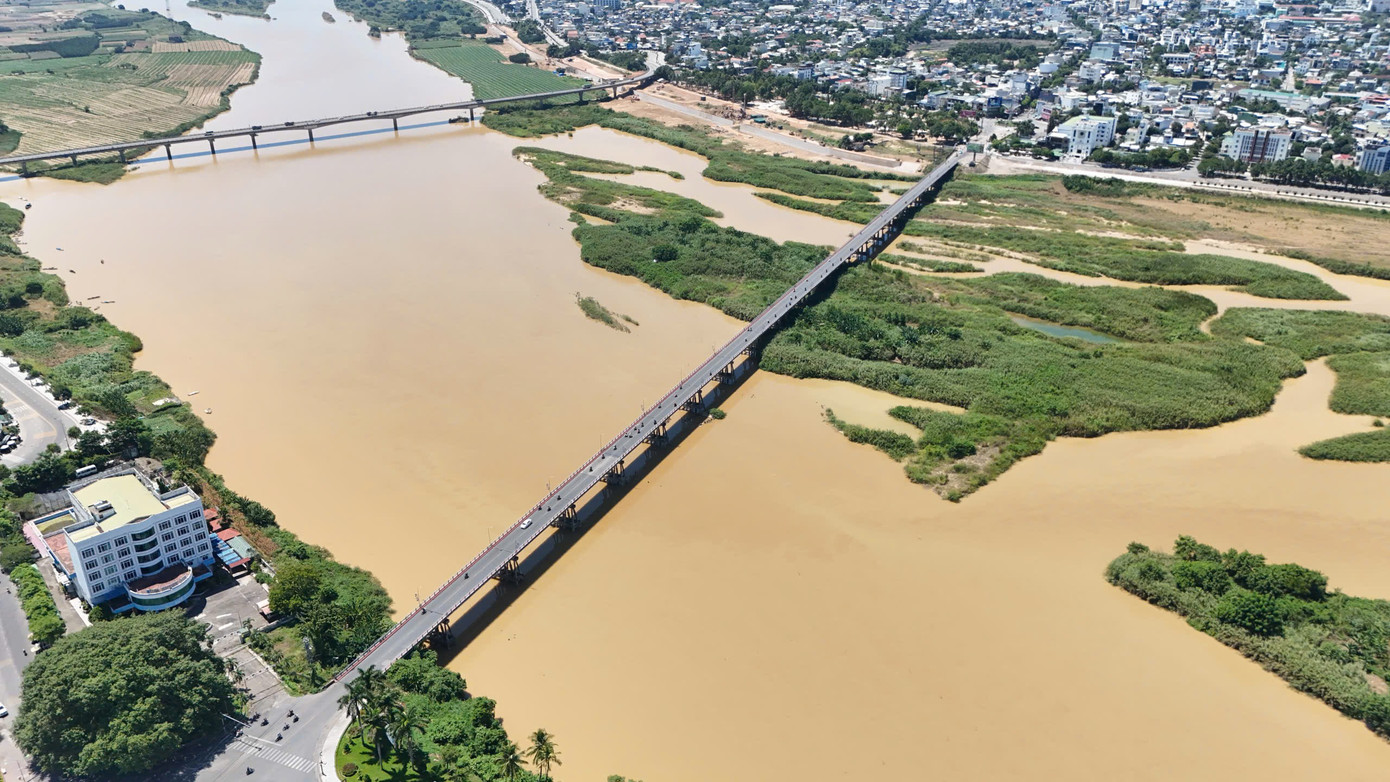
Given the deteriorating condition of the Tra Khuc 1 Bridge and the safety risks it poses, the People’s Committee of Quang Ngai Province has recently approved a project to build a new Tra Khuc 1 Bridge at the current location. Classified as a Group B project, it has a total investment of nearly VND 2,200 billion from the provincial budget (including over VND 1,836 billion for construction). The investor is the Project Management Unit for Traffic Construction Works of Quang Ngai Province.
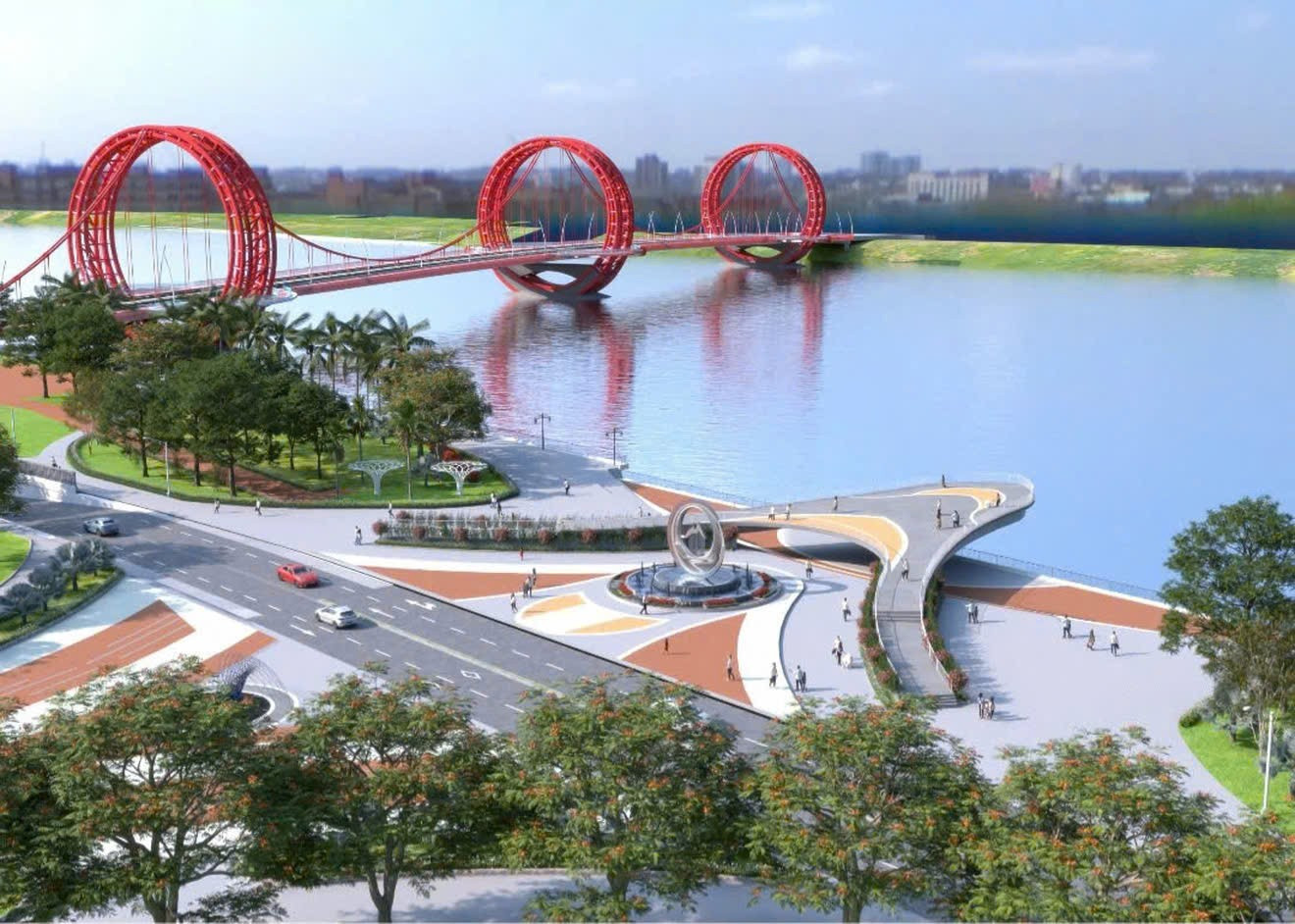
The new bridge will be longer, at 577 meters, with a main span of 522 meters in the form of a cable-stayed bridge, a width of 28 meters, and a design load of HL93. Its structure will comprise steel, reinforced concrete, and prestressed concrete. The approach roads will meet the standards of main urban roads, with a design speed of 60 km/h. The northern intersection will be 28 meters wide, while the southern intersection will vary from 28 to 44 meters, with traffic organized by roundabouts, road markings, and signs. The Ton Duc Thang intersection will be a grade-separated intersection with a tunnel that is 11.5 meters wide and has a clearance height of 3.5 meters.
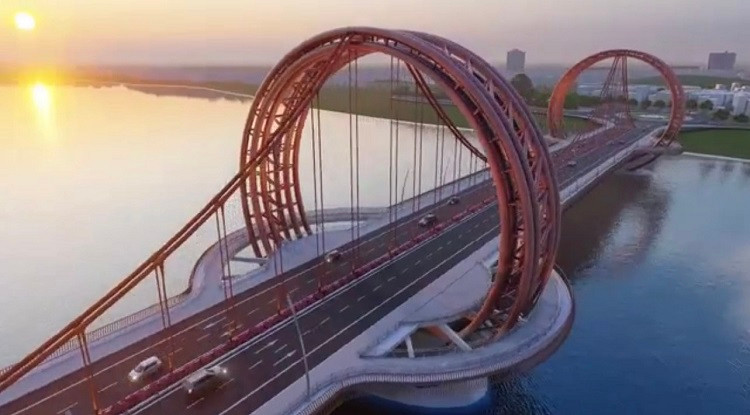
An artist’s impression of the new Tra Khuc 1 Bridge, showcasing its modern design and elegant cable-stayed structure.
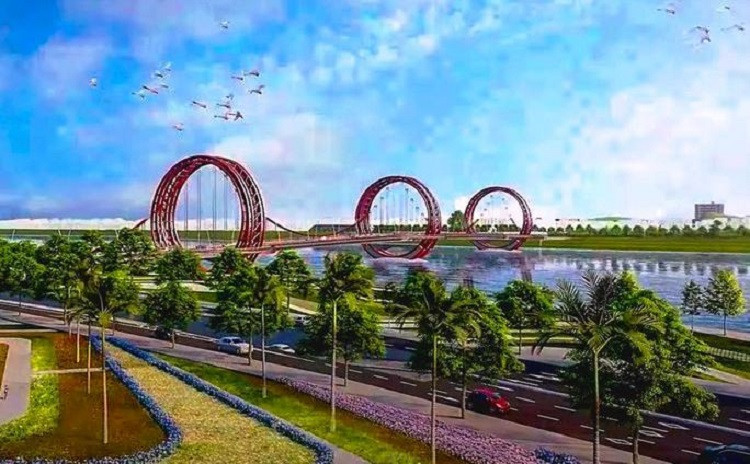
Another rendering of the new Tra Khuc 1 Bridge, highlighting its sleek design and how it complements the surrounding landscape.
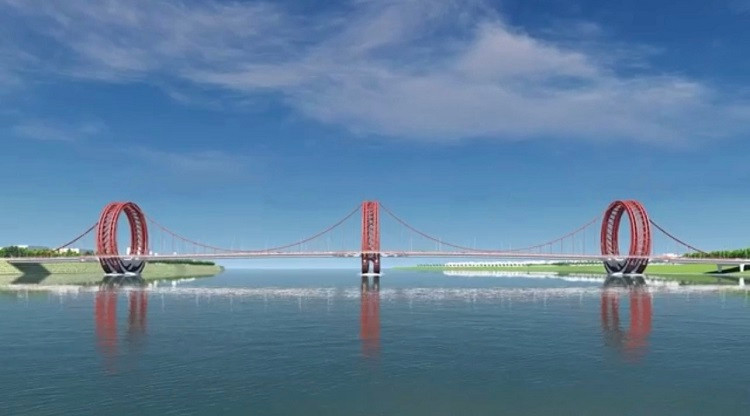
According to the People’s Committee of Quang Ngai Province, the project will contribute to the completion of a synchronous transportation network, enhancing the connectivity between the northern gateway and the central area of the province. It will also create an architectural highlight along the river, with the selected design inspired by the image of a waterwheel.
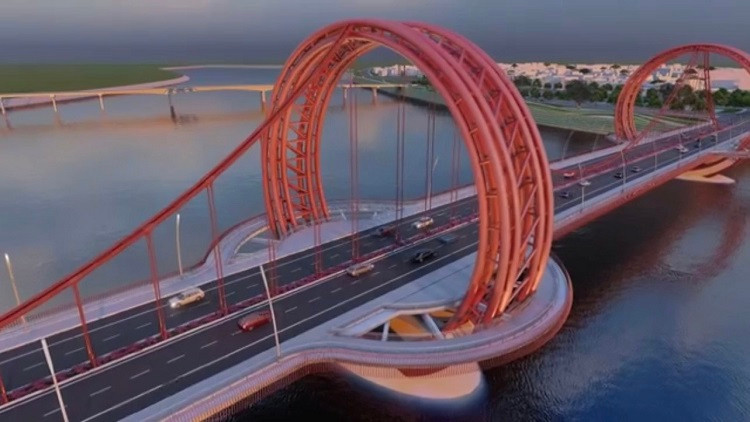
An aerial view of the proposed new Tra Khuc 1 Bridge, showcasing its strategic location and modern design.
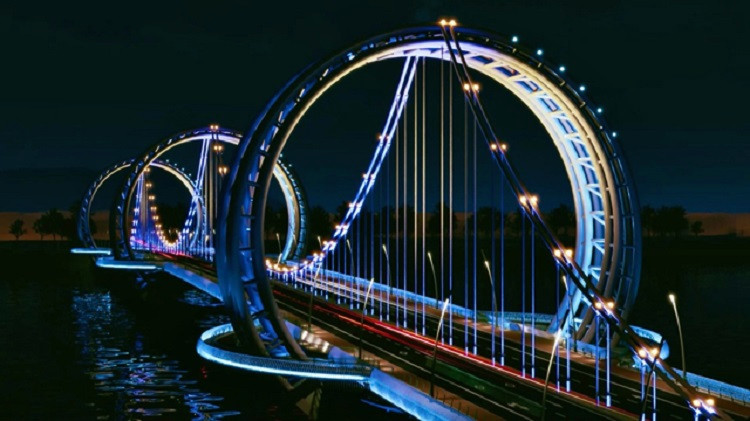
A rendering of the new Tra Khuc 1 Bridge at night, illuminated by a vibrant display of lights, creating a stunning visual effect.
The Legend Danang: A Legend Unfurls by the Dragon Bridge
The Legend Danang emerges as a rare “iconic landmark” project, situated right next to the Dragon Bridge symbol. It embodies a unique dual value proposition: a cultural and tourism landmark that also offers robust potential for value appreciation, with Danang poised to become the financial and economic hub of the region in the future.
“High Interest Rates on Short-Term Deposits: Implications for Vietnam’s Economy”
The private sector in Vietnam is currently dominated by banking and real estate enterprises. This, according to Dr. Le Xuan Nghia, former Vice Chairman of the National Financial Supervisory Commission, is an inevitable phase of accumulation that many nations have gone through on their path to industrialization and the development of science and technology.


